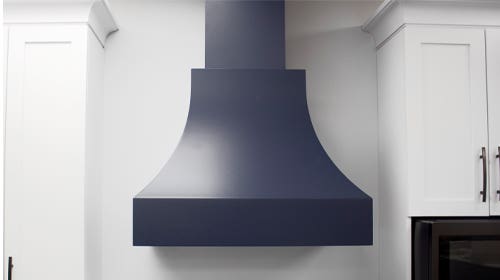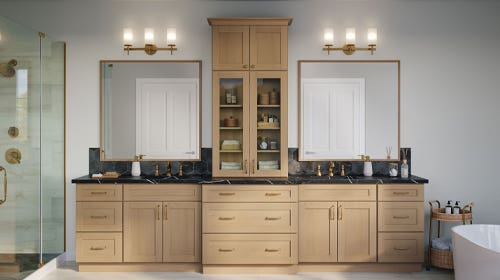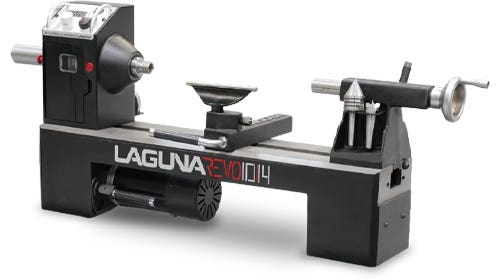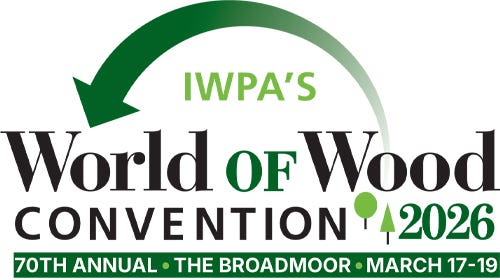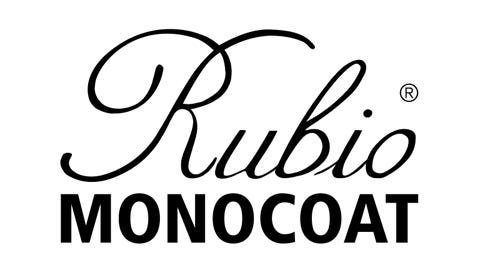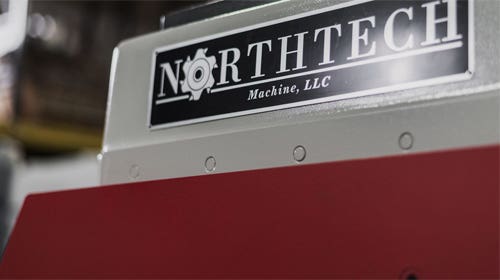Regulations raise genuine mahogany prices
Lumber suppliers across the nation expect the availability of Swietenia macrophylla, also known as bigleaf mahogany, Honduras mahogany and South American mahogany, to continue to decrease during the next couple…
Lumber suppliers across the nation expect the availability of Swietenia macrophylla, also known as bigleaf mahogany, Honduras mahogany and South American mahogany, to continue to decrease during the next couple of years because of increased regulations imposed on South American nations that harvest and export the material. If available to them at all, woodworkers can expect higher costs to obtain it.
A number of suppliers interviewed by Woodshop News say their customers are happy with alternatives such as African mahogany and sapele, which are lighter in weight and color, and less dense than the mahogany species of Western nations. Some woodworkers won’t settle for anything but South American mahogany, particularly those making period furniture reproductions, says Lou Irion, owner of Irion Lumber in Wellsboro, Pa.
“These changes will definitely affect our business because we’re known for having good quality [South American] mahogany that we pay a premium for and hand-pick,” says Irion. “We’re buying up as much genuine mahogany as we can right now to be able to keep a supply for our woodworking customers. There are certain pieces that cannot be made out of any other wood, especially the period furniture — it’s only historically correct with [South American] mahogany.”
Irion, who plans to absorb the impact to his business by selling more walnut and cherry, says the diminishing supply of Swietenia macrophylla started about five years ago with restrictions on exports from Brazil because of pressure from environmentalists and organizations such as the Convention on International Trade in Endangered Species of Wild Fauna and Flora (CITES).
The environmental concerns stem from the fact that South American mahogany trees grow about one per acre and, when harvesters enter the area, the ecosystem is severely depreciated, says Irion. When the forests are opened up, more harvesting and slash-and-burn methods are used and that has caused Brazil — and now Peru and Bolivia — to impose tighter restrictions on harvesting.
“Stricter regulations have led to some South American countries shutting off any exports of mahogany whatsoever. This is to protect the ecosystem overall, not just the mahogany. The [South American] mahogany supply is so restricted that not only are we seeing high prices, but the availability is going to be very diminished for the short term and that may translate into the long term.
“We’re concerned that not only is [South American] mahogany not going to be available, but it’s going to go the way of teak where it’s just going to become so expensive that it’s out of the price range of most people.”
Current prices of South American mahogany sold at Irion’s business range from $9 to $14/bf, depending on thickness, width and special characteristics.
Irion says that Forest Stewardship Council-certified mahogany coming from Guatemala is more readily available. The wood is genetically related to South American mahogany, but he says its quality doesn’t compare to material being exported from Peru and Bolivia, which are highly sought by his customers because they are richer in color and denser in property.
Hugh Reitz, of Reitz Hardwoods in Wilmington, Del., says that while South American mahogany supplies were decent in recent years, he also predicts prices will go up in the next year because of the scarcity. He says Bolivia is in the process of shutting down its industry with an export moratorium imposed by CITES, and that very little is coming out of Peru, which has also greatly restricted its exports.
“Supplies from Peru are dying down — there’s not as much as it used to be because of all the regulations — and in Bolivia, another traditional source, there was a CITES meeting that said they could not make a non-detrimental finding. What that means is that if the country issues a permit, they have to show that that permit doesn’t affect any species in the country, so they may be going into a moratorium for six months to a year.
“As far as African mahogany goes, it’s readily available and prices are stable. The main problem there is the exchange rate.”
Myles Gilmer, owner of Gilmer Wood Co. in Portland, Ore., has seen higher prices for South American mahogany. He says the days of buying a container load for $20,000 to $25,000 are long gone. Now a 40’ container load might cost as much as $75,000, which definitely cuts into the demand for it. He stocks about 15,000 bf of different grades and thicknesses of South American mahogany, and the same amounts of both African mahogany and sapele. Given the price difference on the South American material, he is fortunate his customers are mindful of its quality and will continue to buy it.
“I’ve always stocked genuine mahogany. I don’t buy much from Brazil anymore; almost everything I get is from Peru. Of course, because of the price, we’re not making nearly the amount of sales we used to, but we do have a fair amount of purists in our clientele who fortunately know it’s a very unique species as far as its working capabilities and characteristics and what it looks like decades or centuries later,” says Gilmer.
This article originally appeared in the June 2011 issue.


